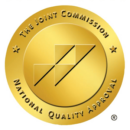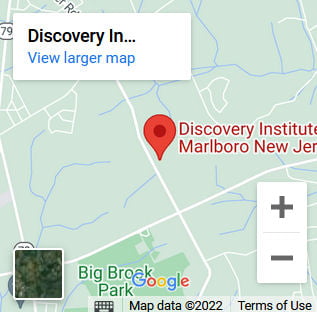You know how you can tell that the opioid epidemic has reached pretty insane levels? How about when mussels from the ocean start having oxycodone in their system. Though the ocean water tested in this scenario is in Puget Sound, a harbor area in Washington state’s Pacific Ocean shoreline, it gets a little scary for us here regarding the New Jersey opioid problem when you look at and compare statistics about these two states.
While the population of New Jersey rounds to about 8.4-million, Washington has 7.2-million people. That 1.2-million more people here is about 17 percent higher than Washington’s population. However, deaths from opioid use in NJ is just about 200 percent of Washington’s opioid overdose deaths. It kind of makes you wonder how many opioids, among other substances, will be in our sea life the next time they do a study on our waterways. Will our animals need to go to a rehabs in NJ to get over an addiction that was forced on them?
(CNN)Shellfish in the Puget Sound, an inlet of the Pacific Ocean along the northwest coast of Washington, tested positive for the prescription opioid oxycodone.
But that wasn’t all, according to Washington Department of Fish and Wildlife biologist Jennifer Lanksbury. In the midst of a national opioid crisis, the opioid may be the most attention-grabbing contaminant found, but it could be the least worrisome.
The mussels also contained four kinds of synthetic surfactants — the chemicals found in detergents and cleaning products — seven kinds of antibiotics, five types of antidepressants, more than one antidiabetic drug and one chemotherapy agent.
Surfactants, in particular, are “known to have estrogenic effect on organisms, so they affect the hormone system of some animals in an estrogenic way, such as feminizing male fish and making female fish reproductive before they’re ready,” Lanksbury explained. Click Here to Continue Reading
Dr. Joseph Ranieri D.O. earned his BS in Pharmacy at Temple University School of Pharmacy in 1981 and His Doctorate Degree in Osteopathic Medicine at the Philadelphia College of Osteopathic Medicine in 1991. He is Board Certified by the American Board of Family Medicine and a Diplomate of the American Board of Preventive Medicine Addiction Certification. Dr. Ranieri has lectured extensively to physicians, nurses, counselors and laypeople about the Disease of Addiction throughout New Jersey and Pennsylvania since 2012.



